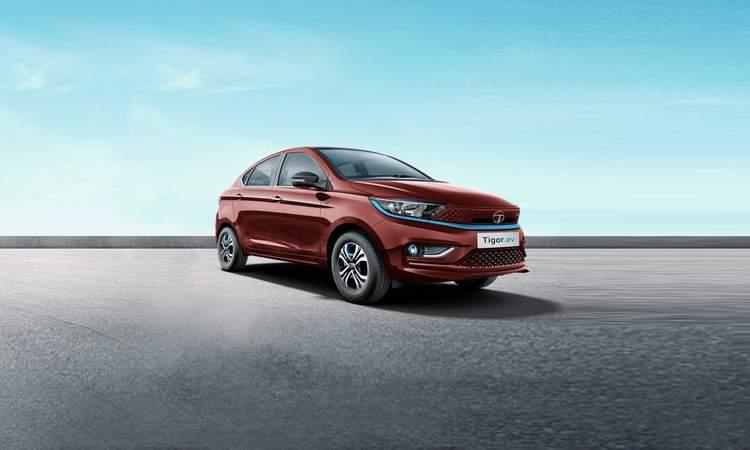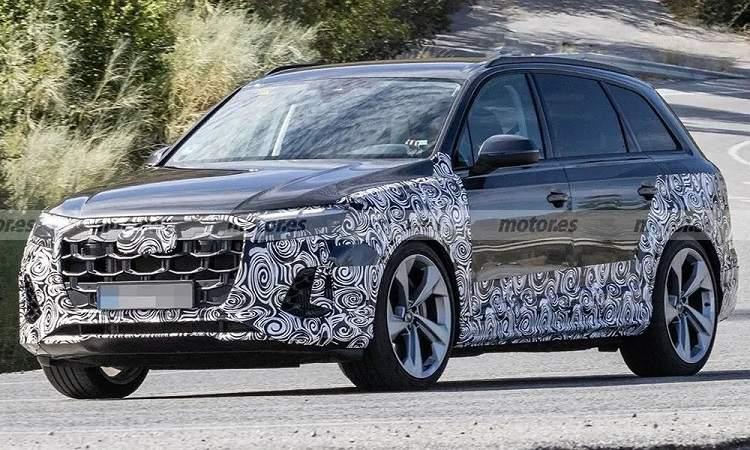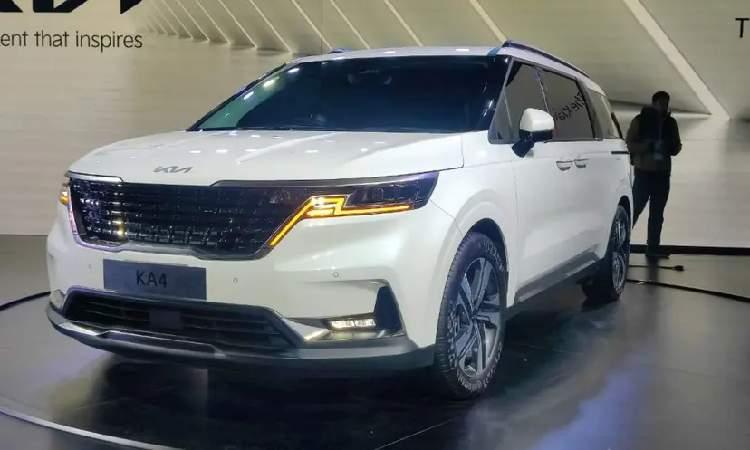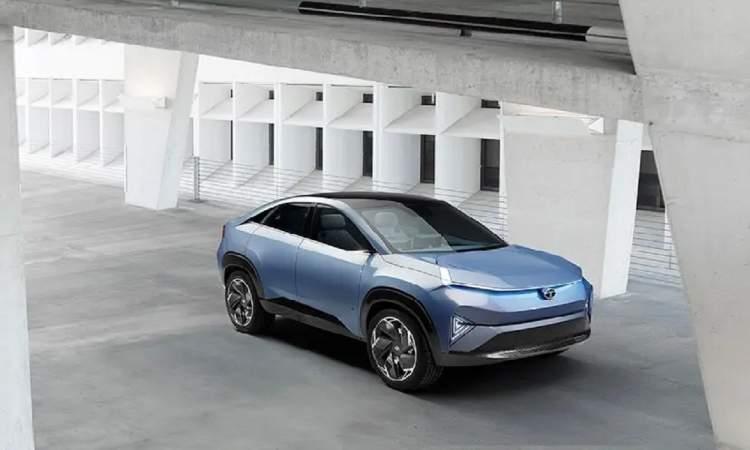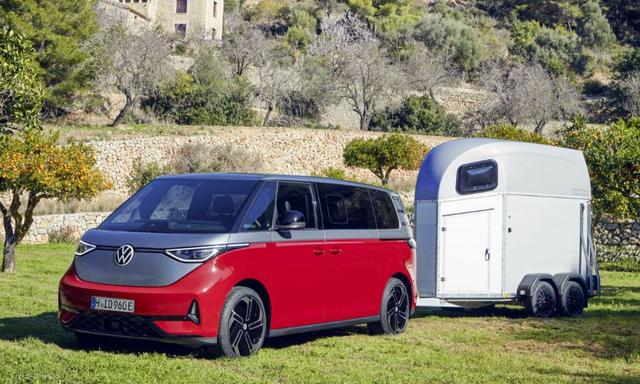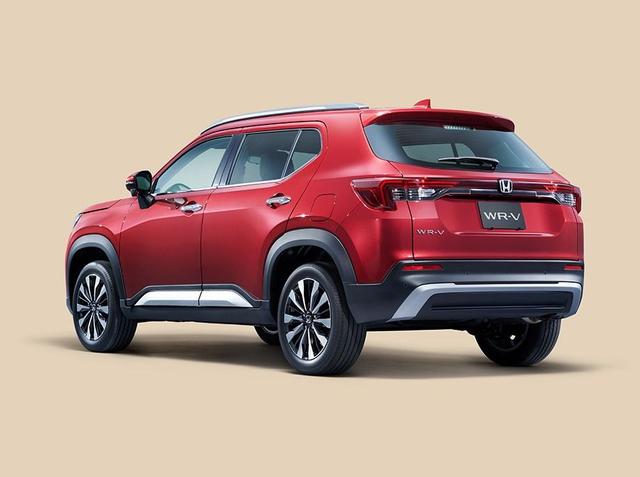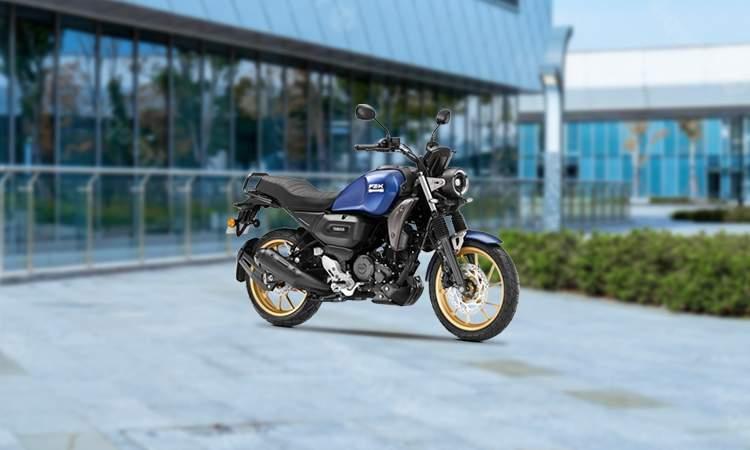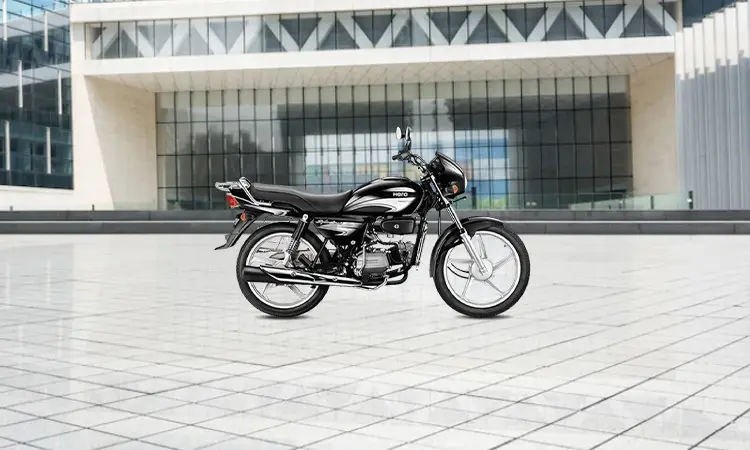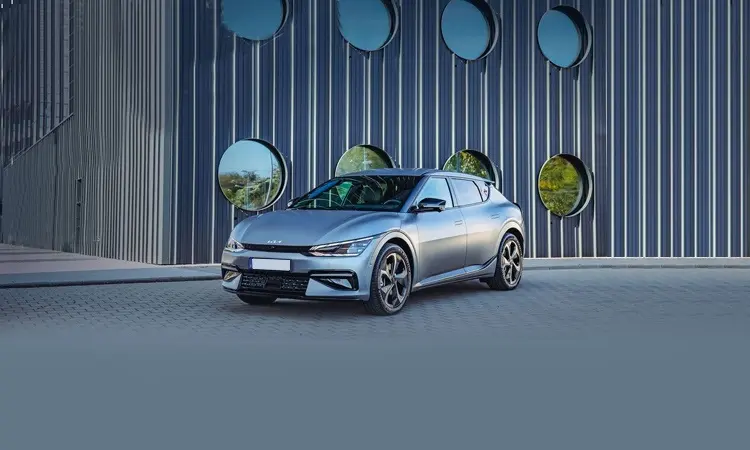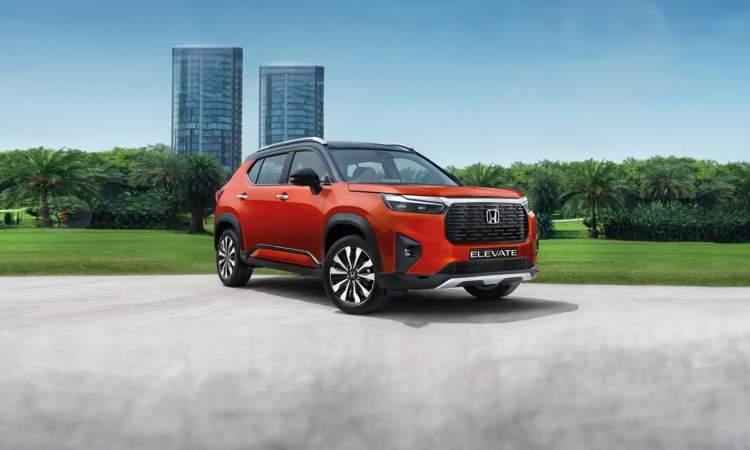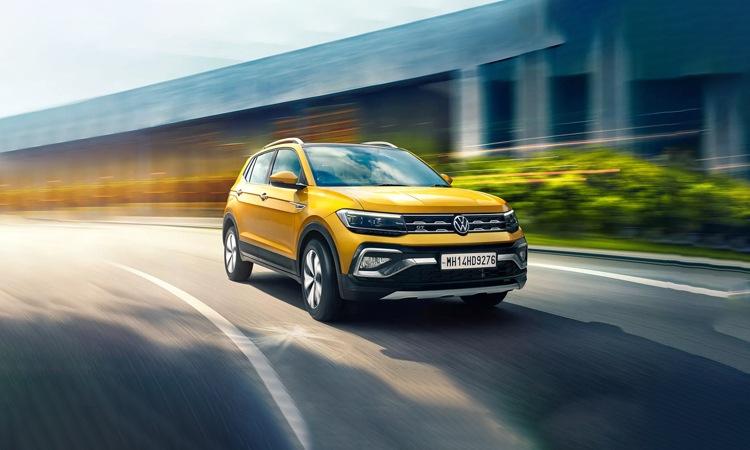Comparison Review: Mahindra XUV400 vs Tata Nexon EV – Which SUV Wins The 2024 Battle?
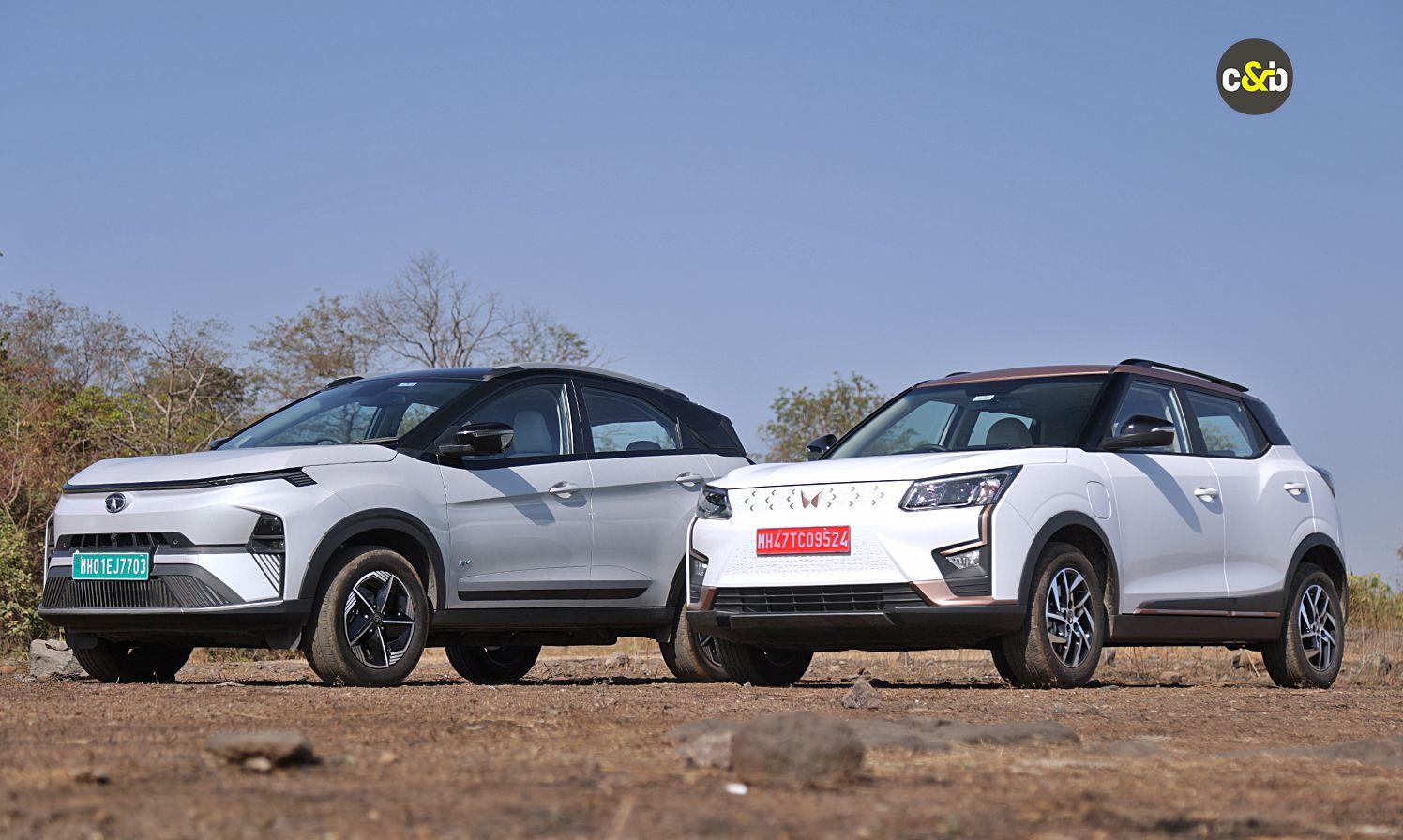
Highlights
- Both EVs have gone through changes since the last time we compared them
- The Tata Nexon EV received a major facelift last year
- The Mahindra XUV400 was also updated earlier in January 2024
The electric vehicle market is a fast-growing space, and every brand seems to want a piece of this pie. On one hand, we have brands that are looking at it like a race; a race to catch up with the ongoing global trend. And on the other hand, we have brands like Mahindra and Tata Motors, who are making planned, strategic, and precise moves, more like a game of chess than a race. Case in point the Mahindra XUV400 and Tata Nexon EV. It’s been just about 8 months since we last compared these two cars, and recently we found the necessity to bring them back together once again.
Why you ask? Well because in this short time, the Nexon EV has gone through a major facelift, and is now equipped with improved looks, more features, and smarter tech. At the same time, earlier this year in January 2024, Mahindra introduced new top-spec Pro variants for the XUV400, offering many upgrades. Now, in the previous comparison, it was the Nexon EV that took the crown. But, with the new upgrades, does Mahindra’s contender now have the capability to get an upper hand over the county’s best-selling EV? Let’s find out.
Desing & Dimensions

We compared the Mahindra XUV400 EL Pro and the Empowered Plus variant of the Tata Nexon EV Long Range
In today’s comparison, we are pitting the top-of-the-line Mahindra XUV400 EL Pro against the range-topping Empowered Plus variant of the Tata Nexon EV Long Range model. Visually, both the cars get that proper EV look thanks to the closed front section body-coloured grille panels. Now, compared to the model that was launched in 2023, the updated XUV400 doesn’t look any different from the outside.

Visually, the Mahindra XUV400 Pro trims have not received any changes
However, when you come to the Nexon EV, compared to the pre-facelift model, there are a tonne of changes. The EV looks futuristic with an all-new face, which is highlighted by the end-to-end LED light bar. Then you have a well-sculpted front section, with new full-LED headlamps and a nice wide airdam. Of course, the XUV400 also gets LED DRLs, but it misses out on LED headlamps. Instead, you only get halogen projector headlamps, and that is where the Nexon EV gets the upper hand over the XUV400.

The Nexon EV facelift has gone through a complete visual overhaul and looks more premium now
Both EVs also come with a set of 16-inch alloy wheels, while the XUV400 gets diamond-cut wheels, the Nexon EV offers aero inserts for better aerodynamics. While LED taillights are also common among these two EVs, the Nexon’s connected design does give it a more upmarket look compared to the XUV400. Dual-tone colour option is available with both cars, however, it’s the Nexon EV’s colour palette that I prefer.

Both get LED taillights and dual-tone colour options, however, it's the Nexon EV's design and palette that looks more appealing
In terms of dimensions, like before, the XUV400 is still longer, wider and taller than the Nexon EV. Unlike its combustion engine counterpart, the XUV300, the EV version is not a sub-4-metre vehicle. This is also why the XUV400 gets a longer wheelbase as well. And this translates to better cabin space.
| Dimensions | Mahindra XUV400 | Tata Nexon EV |
| Length | 4200 mm | 3994 mm |
| Width | 1821 mm | 1811 mm |
| Height | 1634 mm | 1616 mm |
| Wheelbase | 2600 mm | 2498 mm |
| Boot Space | 378 Litres | 350 Litres |
Interior & Cabin Features

With the introduction of the Pro trims, the XUV400 has received some major updates inside the cabin
Let’s start with the XUV400 first. The introduction of the Pro variants has led to a major transformation inside the cabin. The darker interior has made way for a lighter palette with white faux leather upholstery and a refreshed dashboard with glossy black elements and copper brown accents. The steering wheel is also new, and similar to the one we have seen on the XUV700. Even the buttons you see here, and on the door panels, have a premium, and more tactile feel than before. They are even better than the Nexon EV.

The Nexon EV's cabin looks minimalistic and premium thanks to the use of soft-touch materials
However, there are still a lot of buttons on the dash for in-car controls, and you also get Type A USB chargers instead of Type C ports, which are available on the Nexon EV. Tata’s EV also looks a lot more premium thanks to the minimalist design and use of soft-touch material. The Nexon EV offers ventilated seats for both the front driver and co-passenger, which is a big plus for the Nexon EV in my books. That’s said the illuminated Tata logo on the steering feels gimmicky. Both cars come with electronically adjustable ORVMs, and manually adjustable front seats with height adjustability for the driver.

The XUV400 offers you good space at the rear and now it also gets rear AC vents
Now being a bigger car, the XUV400 also offers you a great amount of space in the rear seat. Yes, you get better knee room and leg room compared to the Nexon EV, but the under-thigh support, like the other car, is not the best. Thankfully, the XUV400 now also gets AC vents, which were not on offer earlier. Finally! And then you have a Type C port, and a 12V socket as well, and a central armrest again with cup holders.

The rear seat of the Nexon is not as spacious as the XUV400, but you get all the creature comforts
The rear seat of the Nexon is not as spacious as the XUV400. Also, as mentioned earlier, both the legroom and under-thigh support are compromised. But the seats are cushioned, and you have rear AC vents, a foldable central armrest with cup holders, and a 45W Type C charging port. That said, Mahindra also offers adjustable headrests for all three rear passengers, which the Tata doesn’t. So, when it comes to cabin space and rear seat comforts, it is the XUV400 that does it better.
While the Nexon EV certainly has better creature comforts on offer, there are some features that you get in both EVs. Features like – a wireless phone charger, electric sunroof, push button for start/stop, and connected car tech.
Infotainment & Tech

Among other updates, the Mahindra XUV400 also gets a new 10.25-inch touchscreen infotainment system
The list of tech features inside the XUV400 has certainly become longer with the main additions being a 10.25-inch touchscreen infotainment system. The display is crisper now, the interface is cleaner, and you have more features and apps at your disposal. This includes wireless Apple CarPlay and Android Auto as well, however, the unit I had didn’t have those features because Mahindra says the tech will be added with an OTA update later. Another feature that this car doesn’t get and will get with an OTA update is guidelines for the reverse camera. Yes, the XV400 only gets a reverse camera, unlike the Nexon EV which comes with 360-degree view cameras.

The Nexon EV offers a bigger 12.3-inch touchscreen infotainment system with Arcade EV app suite
In comparison, the Nexon EV offers a bigger 12.3-inch touchscreen infotainment system, which in addition to wireless Apple CarPlay and Android Auto, also gets Tata’s in-house app store - Arcade EV. The app suite offers a bunch of applications including entertainment apps like YouTube, Disney Hotstar and Amazon Prime Video. Do remember, that you can only use these video apps when the car is stationary. The system also shows you the car’s Air Quality Index, and it’s paired with a premium surround sound system from JBL. In comparison, the XUV400 gets a standard 4-speaker + 2 tweeter set-up.

Both EVs come with a 10.25-inch fully digital instrument cluster
Both EVs come with a 10.25-inch fully digital instrument cluster with a host of information including battery health, range and speed among others. Tata’s display additionally also allows you to cast navigation as well. This is not available in the XUV400.
Safety

The Nexon EV offers 6 airbags as standard and you also get 360-view cameras
In terms of safety features, top-spec models of both cars get 6 airbags. However, while they are standard on the Nexon EV, Mahindra offers 6 airbags only with the top-spec XUV400 EL Pro trim the lower trim only gets dual front airbags. The Nexon EV also comes with an electric parking brake with auto hold, 360-view cameras, electronic stability programme, and all 4 disc brakes.

The XUV400 offers a proper tyre pressure monitoring system
Now, while the XUV does get ESP and disc brakes for all wheels, it only gets a rearview camera, and a manual emergency brake lever with hill hold assist. The XUV400 also get guidelines for the reverse camera, but they too will be added later with an OTA update. Having said that, you do get a proper tyre pressure monitoring system in the XUV that gives you both pressure and temperature data for all 4 tyres. The Nexon EV only gets a tyre pressure alert system.
Battery, Powertrains & Performance

Both the Mahindra XUV400 and Nexon EV come with two battery pack options
Now, the Mahindra XUV400 comes with the option of a smaller 34.5 kWh battery pack, however, the model I had, came with the bigger 39.5 kWh battery pack that offers a claimed max range of 456 km. the former offers a claimed range of 375 km on a single charge. Similarly, the Nexon EV too is offered in both Mid-Range and Long-Range options. The former uses a 30 kWh battery pack and the claimed range on that is 325 km, the long-range one I had, came with a 40.5 kWh battery pack, offering an ARAI-certified range of 465 km. The difference in range in marginal on paper and the same translates to real-world conditions as well.

Being electric vehicles, the acceleration is instant in both cases, you have all the power and torque right from the word go
Both the Mahindra XUV400 and the Tata Nexon EV come with a Permanent magnet synchronous AC motor. Being electric vehicles, the acceleration is instant in both cases, you have all the power and torque right from the word go, and that is what makes driving EVs exciting. Having said that, it is the XUV400 that’s more powerful, offering 147.5 bhp and 310 Nm peak torque. In comparison, the Nexon EV makes 142.6 bhp and 215 Nm torque.

The Mahindra XUV400 is more powerful and offers better acceleration compared to Nexon EV
The XUV400 is also quicker and more agile compared to the Nexon EV. The former accelerates from 0-100 kmph in 8.3 seconds, 0.3 seconds quicker than the Nexon EV, which takes 8.9 seconds to do the same sprint. And these differences in performance and acceleration are not just on paper, but also quite evident when you drive the car.
But the Nexon EV has its pros as well.

Tata offers 4 levels to be precise – 0, 1, 2, & 3 - with access to one-pedal driving
What you get here are regen modes, 4 levels to be precise – 0, 1, 2, & 3, and with each level, you can conserve more energy. While Levels 0 & 1 are more relaxed, in Level 2 the system becomes a bit more intrusive, and Level 3 allows you access to one-pedal driving. While you do not get a regen mode in the XUV400, you do have a Limp mode or an L mode, and it is similar to what you will experience with Level 2 regen in the Nexon EV. Such features come in very handy when you are driving in low charge, and you want to conserve your battery.

While you do not get a regen mode in the XUV400, you do have a Limp mode or an L mode
Both cars have three driving modes. In the XUV400 they are – Fun, Fast, and Fearless. Fun is like City mode you can drive around with ease and comfort. Want to do a bit more spirited driving, move to Fast, here the EV feels quicker and agile. And if you want to take it to the next level, hit Fearless. This unlocks the full performance of the XUV400 making it a lot quicker and faster. In the Nexon EV, they are called Eco, City and Sport. In the Eco mode, as the name suggests, the car conserves energy and gives you controlled performance. Go up to City mode and it becomes a bit more lenient and feels more comfortable to drive. In sports mode, you have access to the car’s full performance, and it becomes a lot more agile and fun to drive.
Driving Dynamics
Now, what I love about the XUV400 is its exceptional ride quality. It is smooth and supple, and gobbles down all kinds of undulations on the road without any fuss, offering you a comfortable ride. And it does that in a much better way compared to the Nexon EV. Of course, the Nexon EV offers great handling, yes, it’s better than the XUV400, however, when it comes to ride quality and comfort, it is the XUV400 that takes the upper hand.

While the Nexon EV offer superior handling, the XUV400 offers great ride quality
Having said that, the one complaint I have with the XUV400 is its steering feel. It is a bit too light for my liking, whereas in the Nexon EV, that is not the case. It has a nice heft to it, and it imparts a lot of confidence. Having said that, I would choose the XUV400’s ride comfort over the sporty handling of the Nexon EV.
Charging Option
Now, both the XUV400 and Nexon EVs come with a portable charging cable. They also support 3.3 kW AC Wall Box charging, 7.2 kW AC Wall Box charging, and 50 kW DC Fast Charger. However, the Nexon EV facelift now also offers Vehicle to Vehicle and Vehicle to Load Charging, which means you can use the car to charge another EV or appliance.
Price & Variants

Compared to the 3 variants offered with the XUV400, the Nexon EV has 9 trim options
Based on the variant options and battery packs, the Mahindra XUV400 is available in three trims - XUV400 EC Pro (34.5 kWh) XUV400 EL Pro (34.5 kWh) and XUV400 EL Pro (39.4 kWh) and they are priced between Rs. 15.49 lakh and Rs. 17.49 lakh (ex-showroom, Delhi).
| Variant | Battery Size | Ex-Showroom Price |
| XUV400 EC Pro | 34.5 kWh | Rs. 15.49 Lakh |
| XUV400 EL Pro | 34.5 kWh | Rs. 16.74 Lakh |
| XUV400 EL Pro | 39.4 kWh | Rs. 17.49 Lakh |
On the other hand, the Tata Nexon EV has a much wider range to choose from. Nine variants to be precise, and the prices start from as low as Rs. 14.49 lakh and go up to Rs. 19.29 lakh (ex-showroom, Delhi). So yes, while the top-spec XUV400 might seem a bit less expensive compared to the Nexon EV, the latter does offer you more options to choose from and is also priced cheaper at the base level.
| Variant | Battery Size | Ex-Showroom Price |
| Creative + MR | 30 kWh | Rs. 14.49 Lakh |
| Fearless MR | 30 kWh | Rs. 15.99 Lakh |
| Fearless + MR | 30 kWh | Rs. 16.49 Lakh |
| Fearless +S MR | 30 kWh | Rs. 16.99 Lakh |
| Fearless LR | 40.5 kWh | Rs. 16.99 Lakh |
| Fearless + LR | 40.5 kWh | Rs. 17.49 Lakh |
| Empowered MR | 30 kWh | Rs. 17.49 Lakh |
| Fearless +S LR | 40.5 kWh | Rs. 17.99 Lakh |
| Empowered + LR | 40.5 kWh | Rs. 19.29 Lakh |
Verdict
Compared to the last time we were with these two cars, both the Nexon EV and the XUV400 have come a long way. Yes, the updates made to the Nexon EV are a lot more substantial, the XUV400 too has received its fair share of updates, has caught up with the modern trends, and is overall a better product now.

Yes, the updates made to the Nexon EV are a lot more substantial, the XUV400 too has received its fair share of updates
In terms of performance and range, both are quite similar, but when you look at it as an overall product, the Nexon EV still comes out as a better product. It has better creature comforts, more tech, and a lot more options to choose from. And so, even though the XUV400 undercuts this top-spec variant of the Nexon EV if I had to pick one of these, I would go for the Nexon EV.
Photos: Pawan Dagia
Great Deals on Used Cars
View All Used Cars
- 19,396 km
- Diesel
- Manual

- 13,870 km
- Petrol
- Manual

- 9,746 km
- Petrol
- Manual

- 26,000 km
- Diesel
- Manual

- 21,000 km
- Petrol
- AMT

- 11,000 km
- Diesel
- Manual

- 27,200 km
- Petrol
- Manual

- 24,000 km
- Petrol
- Automatic

- 20,000 km
- Petrol
- Manual

- 49,781 km
- Petrol
- Manual
Research More on Tata Nexon EV
Starts at ₹ 14.49 - 19.49 Lakh
Popular Tata Models
Upcoming Cars
Upcoming Bikes
Explore More
Latest News
Related Articles

Trending Vehicles In India
- Home
- News
- Electric Cars
- Comparison Review: Mahindra XUV400 vs Tata Nexon EV – Which SUV Wins The 2024 Battle?









